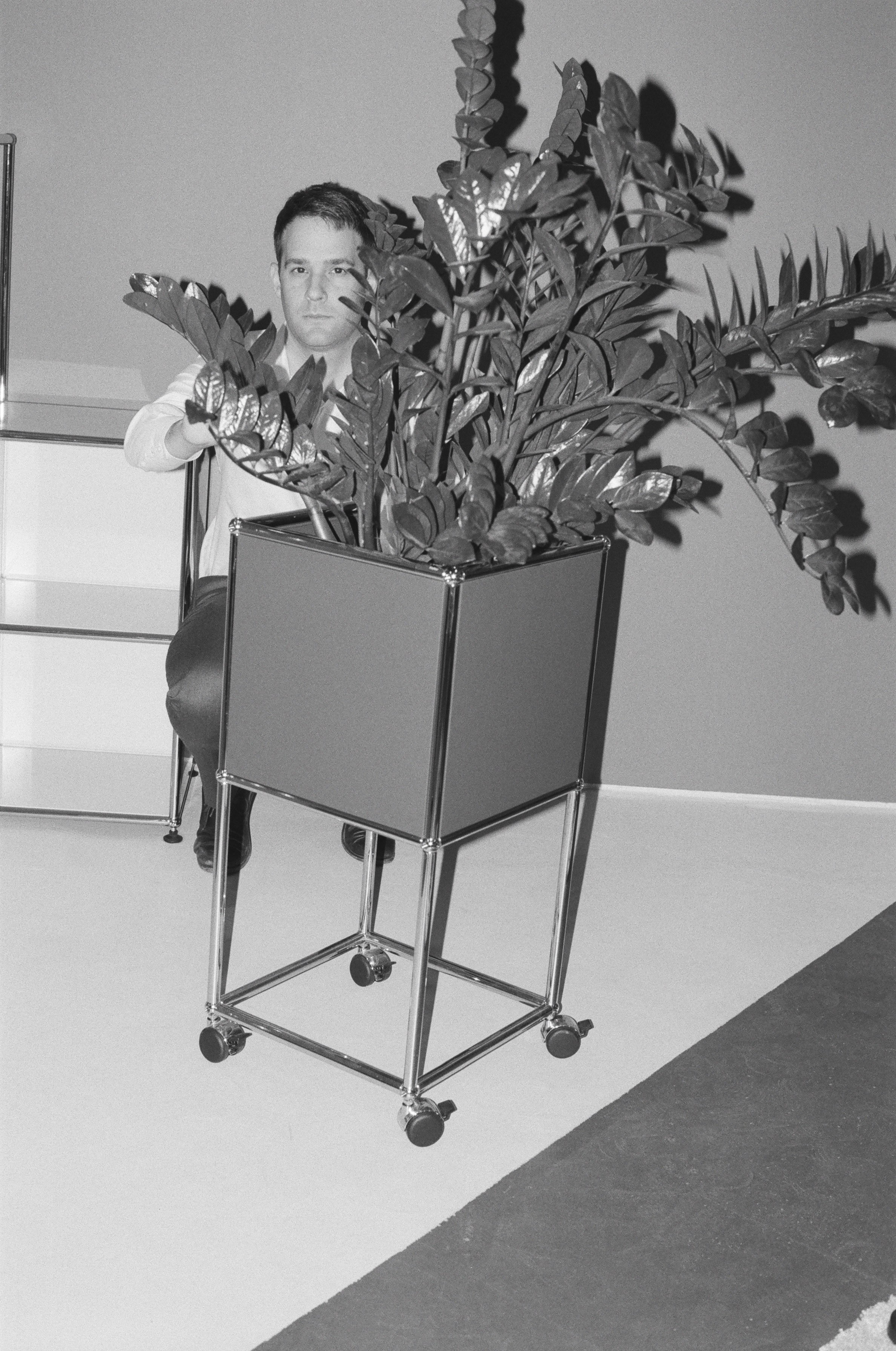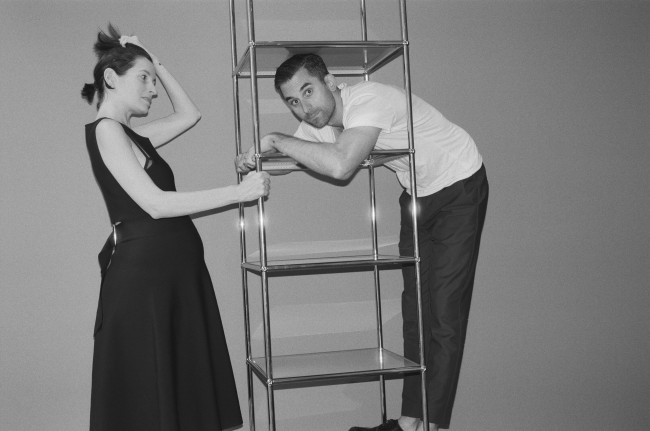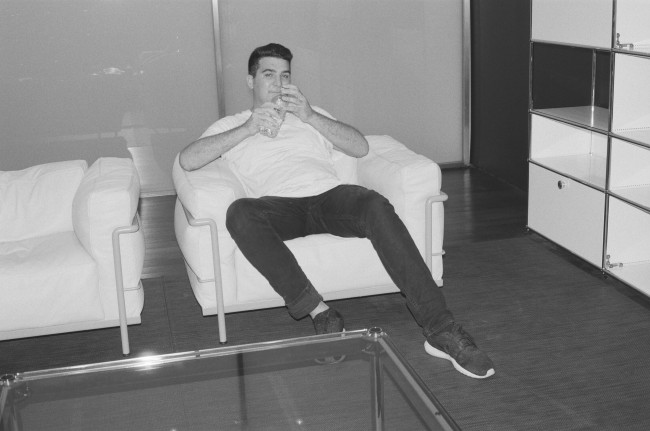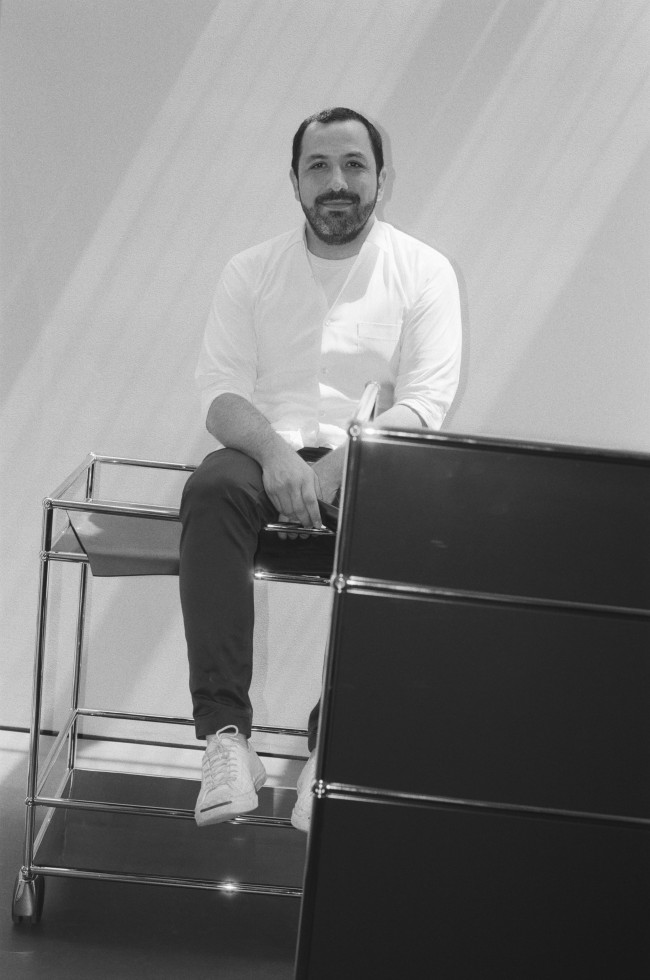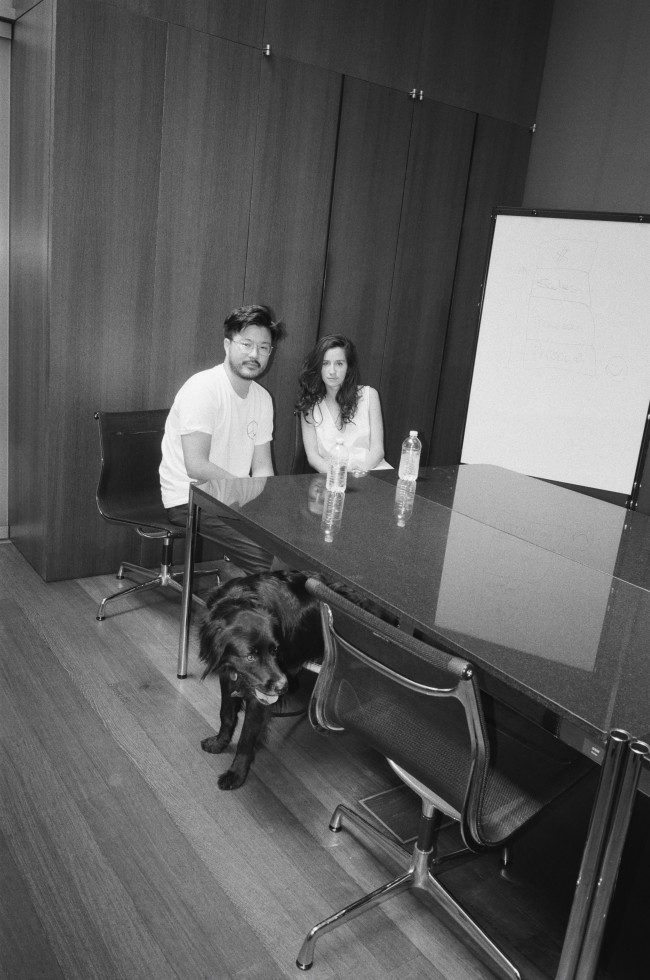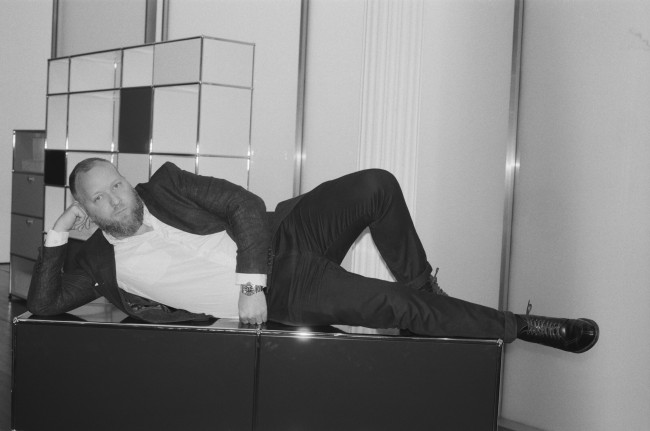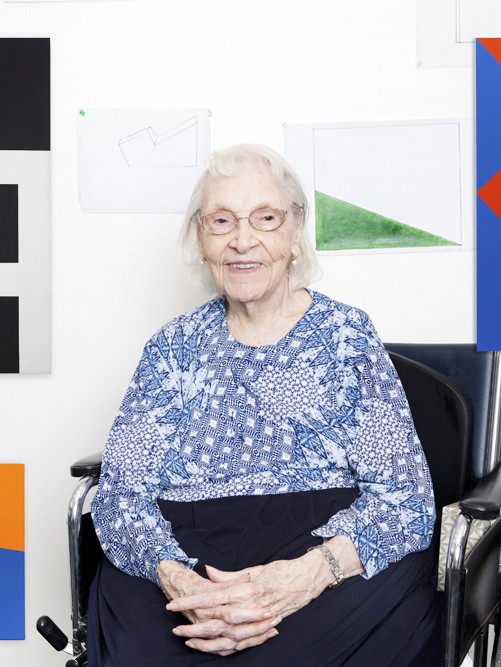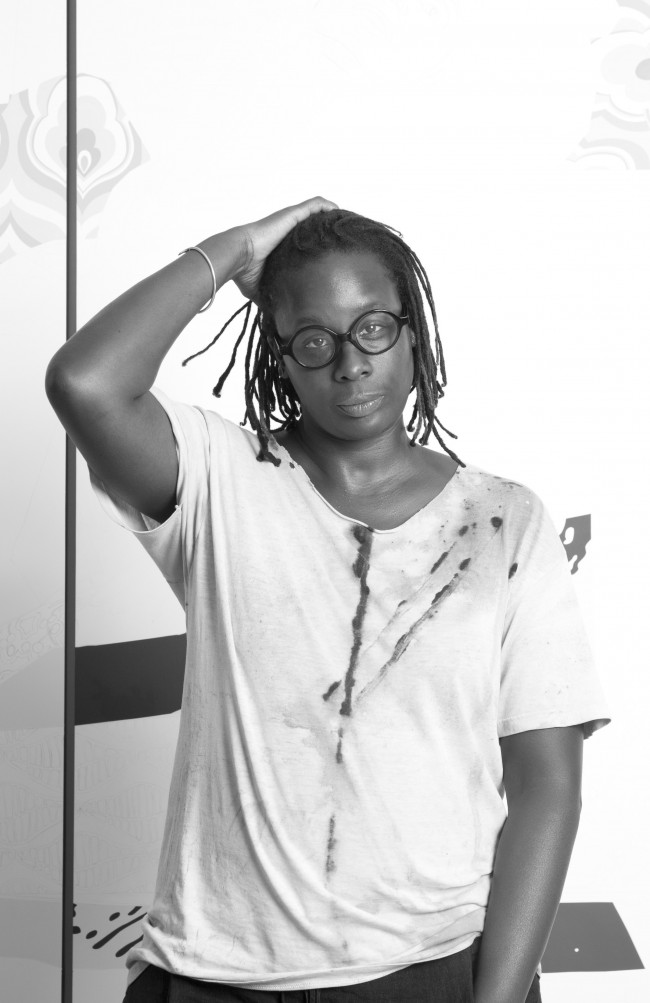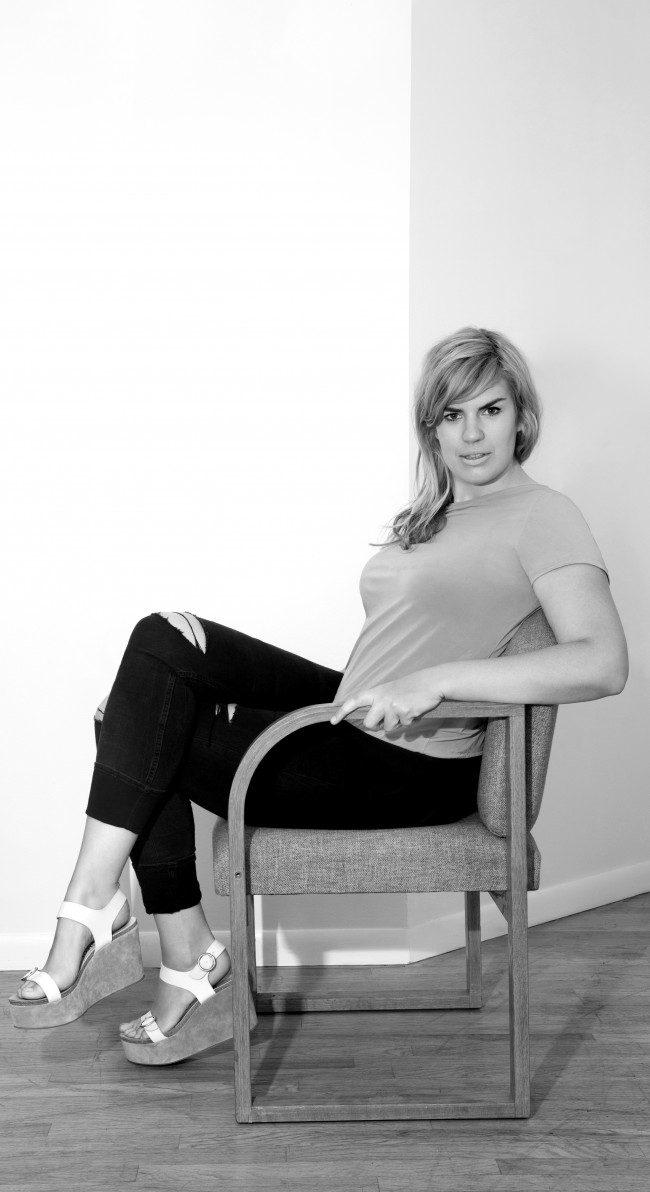NEW POWER GENERATION: ADAM FRAMPTON OF ONLY IF
Despite its name, the emergence of New York-based practice Only If wasn’t so much a matter of “if” as “when.” “It’s always been an ambition to have my own practice,” says Adam Frampton, who founded the young firm in 2013, after leaving OMA’s Hong Kong office where he had worked on landmark projects such as the Taipei Performing Arts Center. His time in Asia also inspired Cities Without Ground (Oro Editions, 2012), a guidebook to Hong Kong which he co-authored with Jonathan Solomon and Clara Wong.
“When I returned to New York, I immediately set up the office. It might have been smarter to get settled first, but momentum is an important force,” explains the 36-year-old. Three years later and the firm is still surfing on that momentum, with designs ranging in size from the elegant Voyager espresso bar in a subway concourse in Manhattan’s financial district (2015) to ambitious behemoths such as a masterplan for the Liuxiandong quarter of Shenzhen (2013). While the former occupies only 550 square feet, and the latter over 10 million, the two projects are linked by their almost impossibly simple design schemes — a square within a circle within a square. “The job of the designer,” Frampton insists, “is to envision simple gestures and forms that impose structure, coherence, and identity.” Only If aims to use basic shapes to calm “the underlying uncertainties and complexities” of environments like a crowded transit concourse or a rapidly industrializing boomtown.
The Princeton-trained Frampton also puts these principles to work in education. Among his teaching activities is a workshop — for Columbia University’s graduate-program project Housing the Majority — that looks at one of Shenzhen’s less-developed quarters, the urban village of Baishizhou. “The workshop explores current issues around urban migration and density,” he explains.
At a more micro scale, Frampton recently purchased a vacant lot measuring 100 feet x 13 feet 4 inches in Brooklyn’s Bedford Stuyvesant neighborhood after a search for “irregular, undervalued, slender, or residual” sites in the city. The Narrow House he has designed for the plot employs an ingeniously straightforward scheme, envisioning each stair landing as a room and eliminating the need for corridors. “This self-initiated project will become a low-cost prototype for how to infill otherwise overlooked parts of the city,” says the Frampton. Another Brooklyn residential project is an affordable 70-unit senior-housing project, a typology Frampton feels “is beset by institutional design.” He hopes that he can manage the contrast in scale between the Narrow House and the senior housing without getting overwhelmed, and that the two projects, though conventional in function, will appeal precisely because their programs “might be considered boring.” But if Only If’s only goal is to make “boring” typologies interesting, Frampton may already have succeeded.
Photography by Rachel Chandler. Photographed at USM New York showroom.
The New Power Generation Portfolio Special is a collaboration between PIN–UP and Architizer, the leading online resource for architecture, which is empowering the profession through its vast building database, daily content, Source marketplace and the global awards program for today’s best architects, the A+Awards.
Taken from PIN–UP No. 21, Fall Winter 2016/17.

